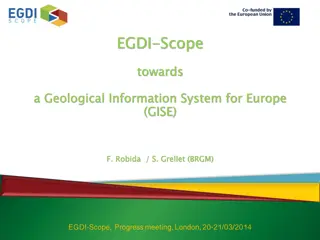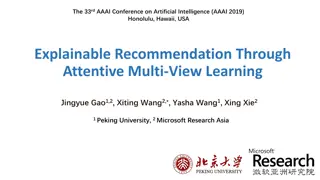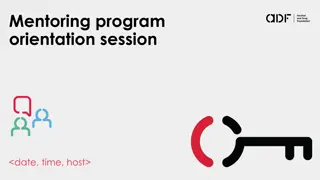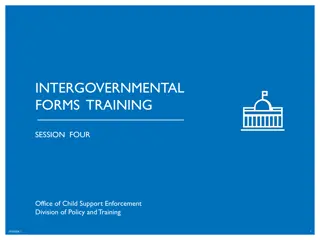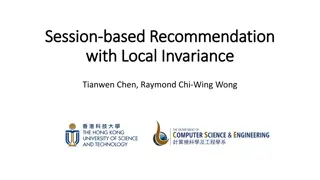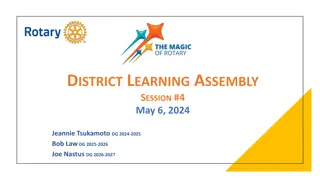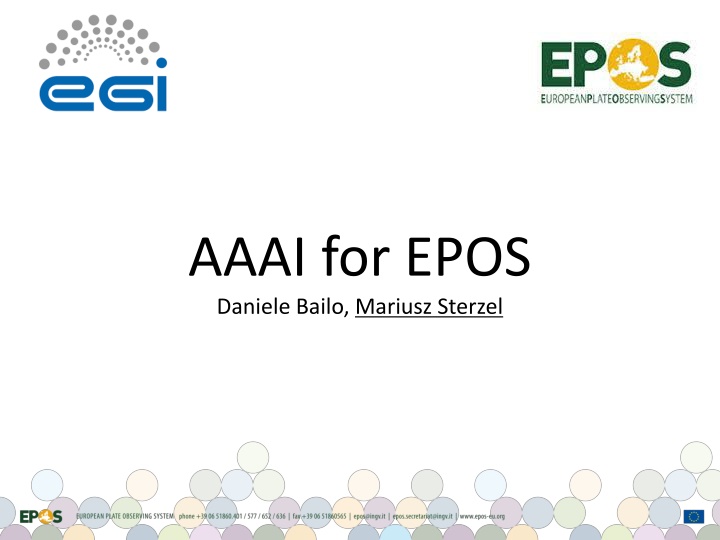
EPOS Infrastructure and Services Overview
Explore the EPOS infrastructure and services, including typical use cases, data access, and integration mechanisms for multidisciplinary data. Learn about the compatibility layer, metadata catalogs, and the workflow processes involved in managing seismic and geoscientific data.
Download Presentation

Please find below an Image/Link to download the presentation.
The content on the website is provided AS IS for your information and personal use only. It may not be sold, licensed, or shared on other websites without obtaining consent from the author. If you encounter any issues during the download, it is possible that the publisher has removed the file from their server.
You are allowed to download the files provided on this website for personal or commercial use, subject to the condition that they are used lawfully. All files are the property of their respective owners.
The content on the website is provided AS IS for your information and personal use only. It may not be sold, licensed, or shared on other websites without obtaining consent from the author.
E N D
Presentation Transcript
AAAI for EPOS Daniele Bailo, Mariusz Sterzel
Agenda EPOS Infrastructure Typical EPOS use case AA(A)I use case & requirements
EPOS services EPOS Integrated Core Services. Provide access to: multidisciplinary data, data products, synthetic data from simulations, processing and visualization tools Thematic Core Services are infrastructures to provide data services to specific communities (they can be international organizations, such as ORFEUS for seismology) National Research Infrastructures and facilities provide services at national level and send data to the European thematic data infrastructures.
Compatibility layer ICS/TCS comunication Metadata catalogue+APIs Web Services AAI mechanisms (deleg.) COMPATIBILITY LAYER
ICS-C, ICS-D & TCS ICS-D Processing, visualization EPOS ICS-C Integration, resource orchestration COMPATIBILITY LAYER CERIF-BASED EPOS Metadata Catalog wrapper wrapper wrapper National Facility TCS (WGs) Institutional facilities
ICS-TCS Integration ICS-D ICS-C ICS-D Convertor ICS-D CERIF METADATA CATALOGUE ICS SOFTWARE SOFTWARE ICS-D ICS-D Convertor TCS to ICS CONVERTORS ICS-D SOFTWARE Joint design But ICS implementation TCS TCS DATA, SOFTWARE, RESOURCES CATALOGUE or Directories
Use Case workflow (part 1) AAAI Check Query Refinement User Request Query Processing CERIF Catalog ICS-C User Confirm; initiate Task ICS-C middleware Create workflow Volcano retrieval, (conversion) , processing Earthquake retrieval, (conversion), processing workflow TCS
Use Case workflow (part 2) ICS-C middleware Create workflow CERIF Catalog ICS-C ICS-D2 Processing ICS-D1 Processing ICS-D3 Integration ICS-D Results (report) workflow Results (graphics) ICS-D4 Visualisation
Use Case workflow (part 3) Results (report) Result Presentation CERIF Catalog Results (graphics) ICS-C
EPOS COMPETENCE CENTER Task SA2.9 - EPOS (Leader: INFN/INGV, M16 M30) The task will operate a CC to drive the future design of the use of grid and cloud for the integrated solid Earth Sciences research as part of the European Plate Observing System (EPOS). The CC will 1. identify and validate authentication and authorisation services, 2. will test cloud resources and usage models, 3. provide knowledge transfer services between e- Infrastructure and EPOS communities.
USE CASE #1 A basic multidisciplinary use case, discovery of heterogeneous data from the ICS-C portal by a user who wants to discover and access (e.g. download) such data. EPOS IdP OTHER HTC SERVICES EPOS ICS-C External IdP SEISMOLOGICAL SERVICES ANTHROPOGENIC HAZARD SERVICES
USE CASE #2 Single discipline computational oriented use case, usage, from user s side, of a computational seismology tool which orchestrates the access to data and to computational resources on behalf of the user EPOS IdP OTHER HTC SERVICES EPOS ICS-C External IdP SEISMOLOGICAL SERVICES ANTHROPOGENIC HAZARD SERVICES
Further requirements IdP (internal, external like eduGAIN, OpenID, social media ) Application of grid certificates as we know it today is not possible. But online CA with invisible certificates YES Attribute based authorization to support different authorization levels for the users Web access and non-web access Need for delegation YES Support for different level of assurance credentials, and need to use the information about users with lower level of assurance credentials to limit their capability






